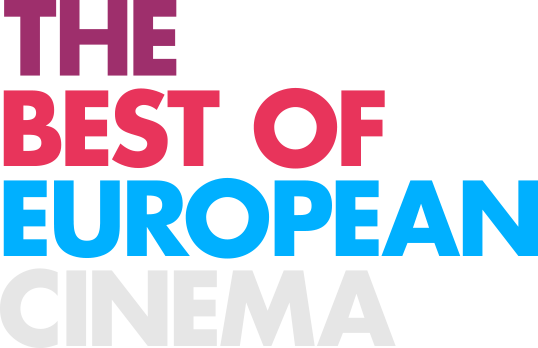Future Frames 2017 Interview: Elsa María Jakobsdóttir (Director of Atelier)
Originally from Iceland, Elsa María Jakobsdóttir moved to Denmark to study at the National Film School of Denmark. Already making a number of well-regarded shorts – amongst them 2013’s Megaphone – the director’s latest Atelier is a starkly beautiful exploration of the human need for isolation. You can read a full review of the film HERE.
With the film screening as part of EFP’s Future Frames during the Karlovy Vary International Film Festival, Cineuropa Shorts caught up with Jakobsdóttir to explore the film more
Cineuropa Shorts: What inspired you to make Atelier?
Elsa María Jakobsdóttir: When I moved to Denmark from Iceland I became fascinated with the Scandinavian minimalistic and stylized interiors as the opposite to the chaos and nature in Iceland. These locations easily represent impossible ideals and perfectionism and I love to tell stories about people struggling to be good people.
When I started to pitch the idea for Atelier, about two women stuck with each other in a larger than life residency god knows where, my teachers always mentioned Persona. Nine months later I find myself shooting the film on Furillen in Gotland, right next to Farø where Bergman lived and shot Persona. Strange, isn’t it?
CS: The film is partly about dislocation, trying to find a time and space in the world. As someone born in Iceland and studying in Denmark for a while, where there personal resonances between you and the characters?
EMJ: I’ve struggled with the Danish language so instead of relying on a character’s dialogue I’ve had to focus on more visual methods to tell a story. That’s been a great lesson.
I love this language barrier and I use it in many ways both visually and for my characters who also struggle with language. There is one dialogue scene in Atelier with two characters in three languages!
I relate deeply to both the characters. I need to be able to see myself in them to know where to take them. I can feel out of place and searching like the main character, wallowing in low feelings. Everyone feels like that from time to time. And I definitely feel like the assertive and cynical noise artist in the basement.
CS: Obviously the location is a very big and important part of the film. Did you always have a certain place in mind or was there a lot of scouting?
EMJ: In my very first draft I described the setting as “Scandinavian minimalism on steroids with a touch of sci-fi”. I was very optimistic! Then there were months of google-ing, scouting and driving around in Denmark and Sweden and realizing that people who own properties like that don’t want film school students with basically no budget to invade. But then we found this amazing house through the power of Facebook!
I still can’t believe our luck to find this extraordinary house on Gotland in Sweden. It has the exact aesthetics we needed to tell the story and so much more. The house is called Kuben, designed by Andreas Forsberg, and commissioned and owned by a true visionary called Mikael Blomqvist who supported our project a great deal. This house is such a character and we played on it like an instrument.
CS: It’s a very measured and precise film. Was there a lot of preparation and did it take a long time to film?
EMJ: We found the house on Gotland in good time so I spent some time there in the fall and decided to let the house and the Gotland nature tell me how to tell a story about two women confronted with each other’s different expectations and lifestyle. So the house and the nature also inspired many things in the film that I couldn’t have dreamt of or written at home before meeting the house and the Gotland sheep.
We had ten days to shoot the film, which was perfect. The house is like a film studio in many ways so it was a dream to work there.
CS: The film flirts with a number of different genres – there are elements of horror, experimentalism and drama. I’m interested to know some of the filmmakers who inspire you.
EMJ: I’ve been brought up on a solid diet of brave and bold filmmakers like Lynch, Trier, Bergman, Polanski, Kubrick, Antonioni, and Tarkovsky - like every other film student I guess!
CS: What does being picked for Future Frames mean to you? What do you hope to get out being at Karlovy Vary?
EMJ: I don’t understand anything when it comes to all those film festivals and how to cut through the clutter with a short film and find your audience. So I’m extremely thankful for being picked for Future Frames as I’m sure it will help me connect with people who this film is right for.
Coming from the protective embrace of film school it is important for me to see how a real audience reacts to what I’m doing. I’m very focused on the cinematic experience when I work and I want to get to and entertain the audience in every way. That will be my experiment in Karlovy Vary to see if I succeed it.
CS: What projects have you got planned for the future?
EMJ: I’m developing a feature film in Denmark that has quite a bit to do with Atelier. It’s about white walls and dirty babies. There is an exemplary government run support system for new filmmakers in Denmark so I hope it won’t take too long before I find myself on set again.
05 July 2017, by Laurence Boyce






